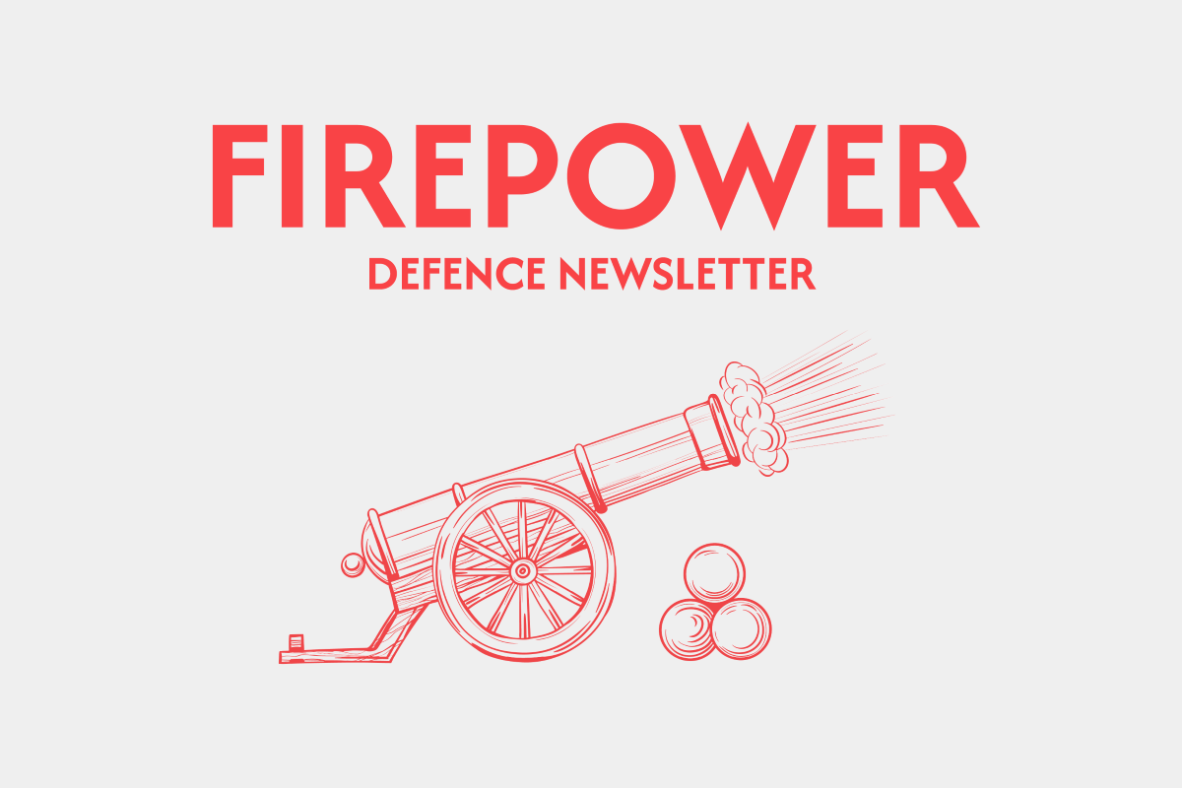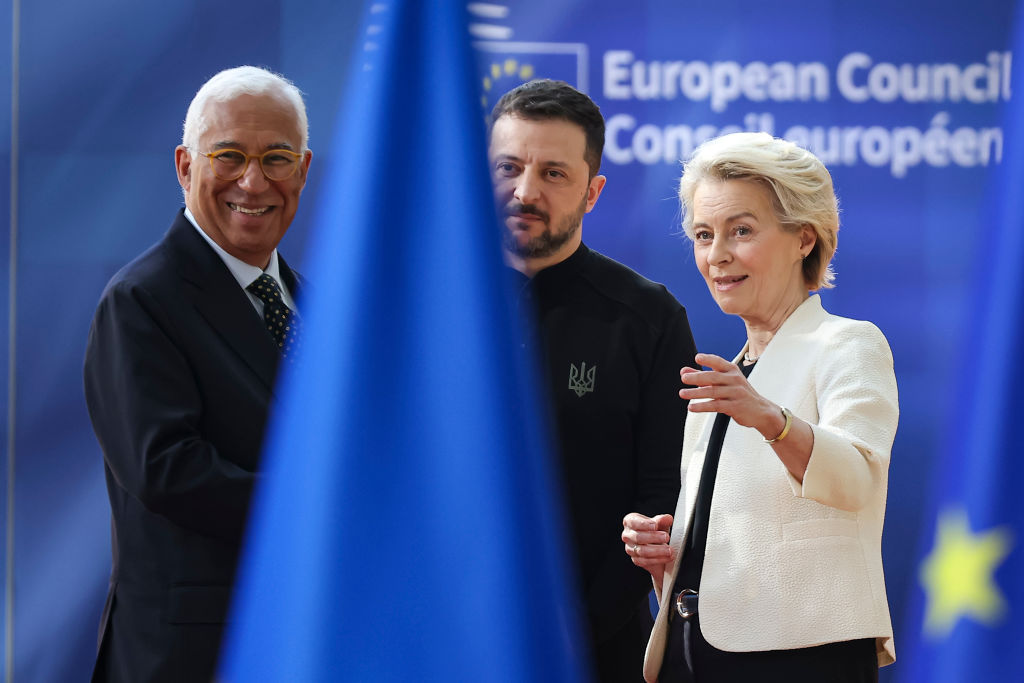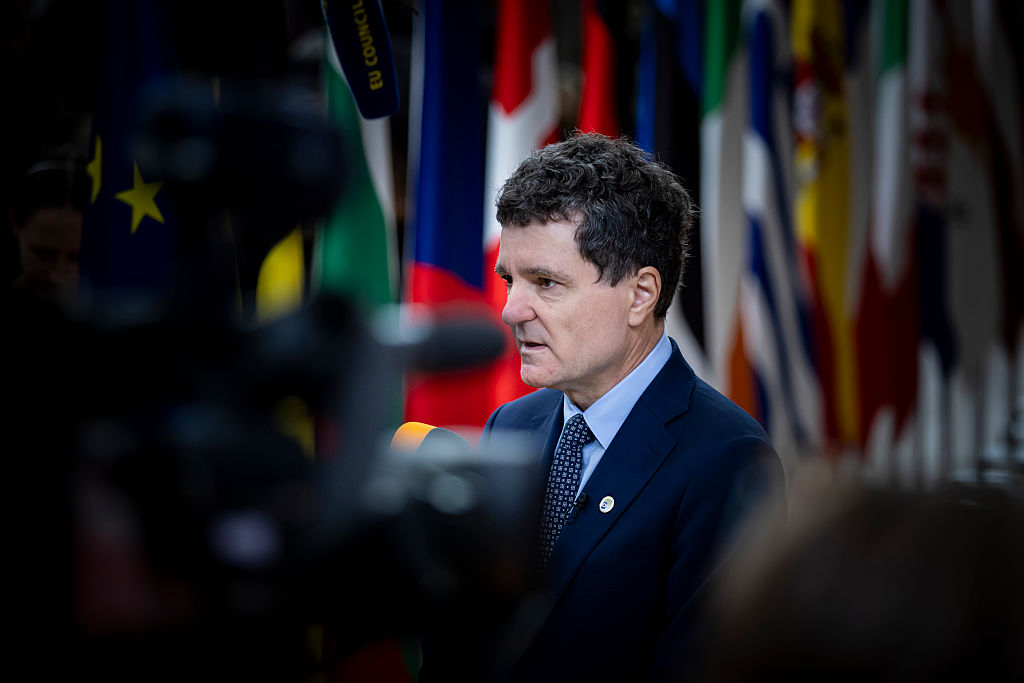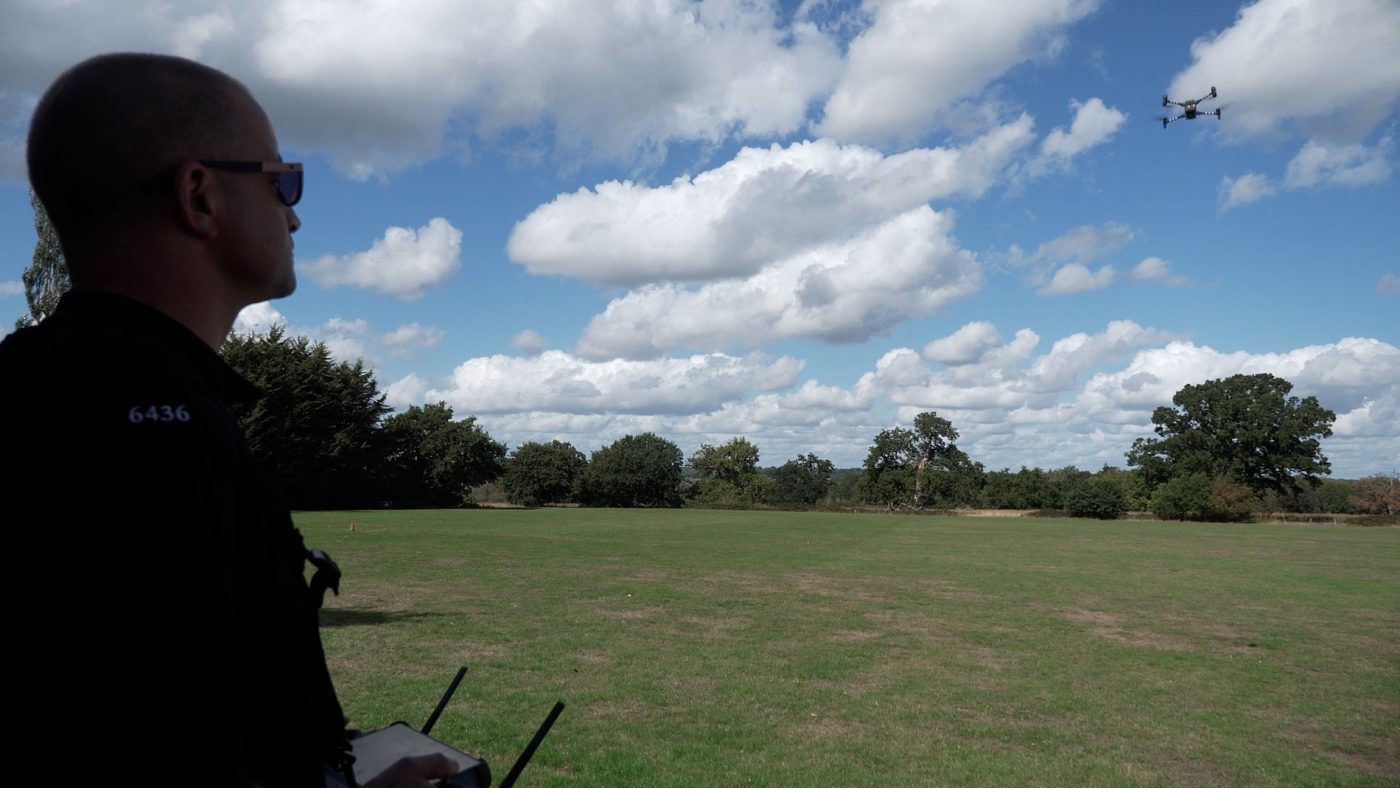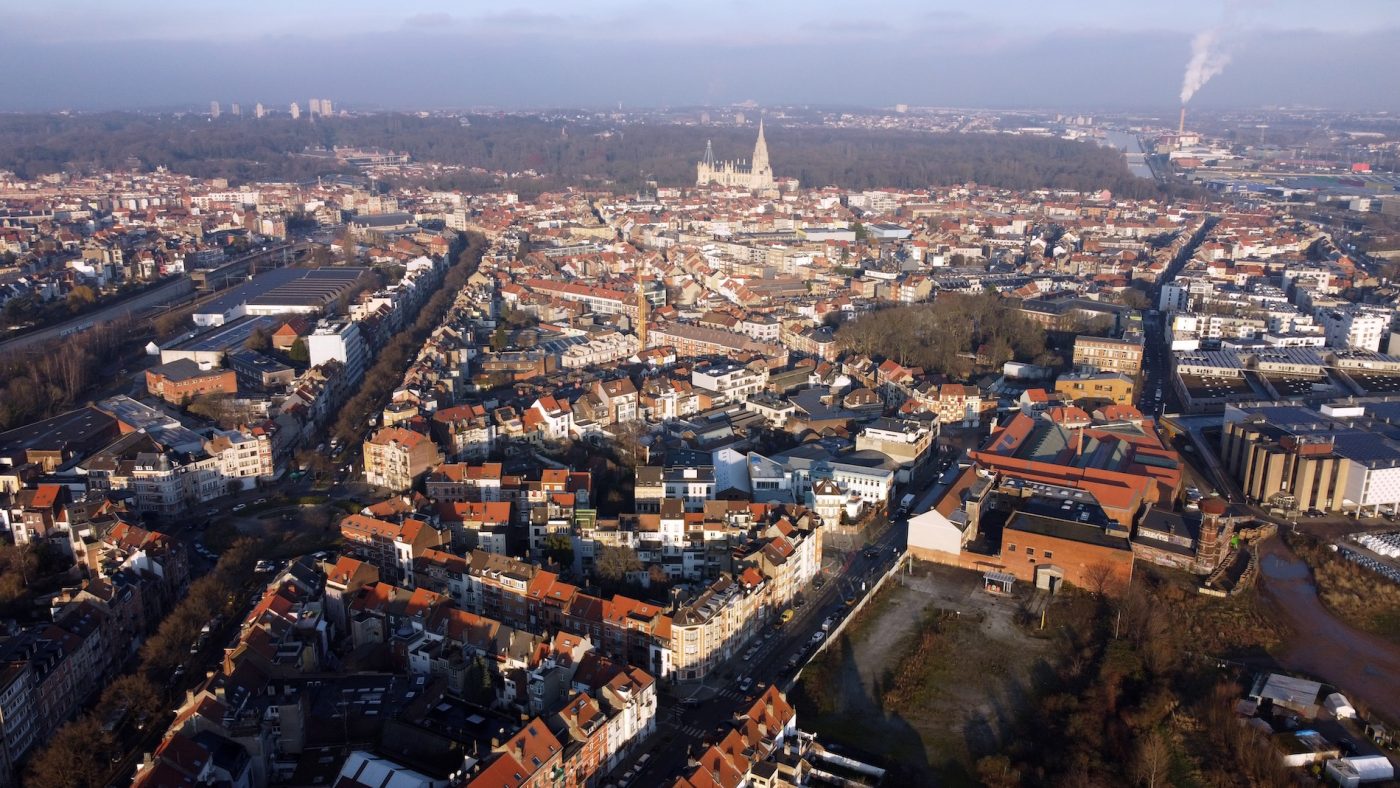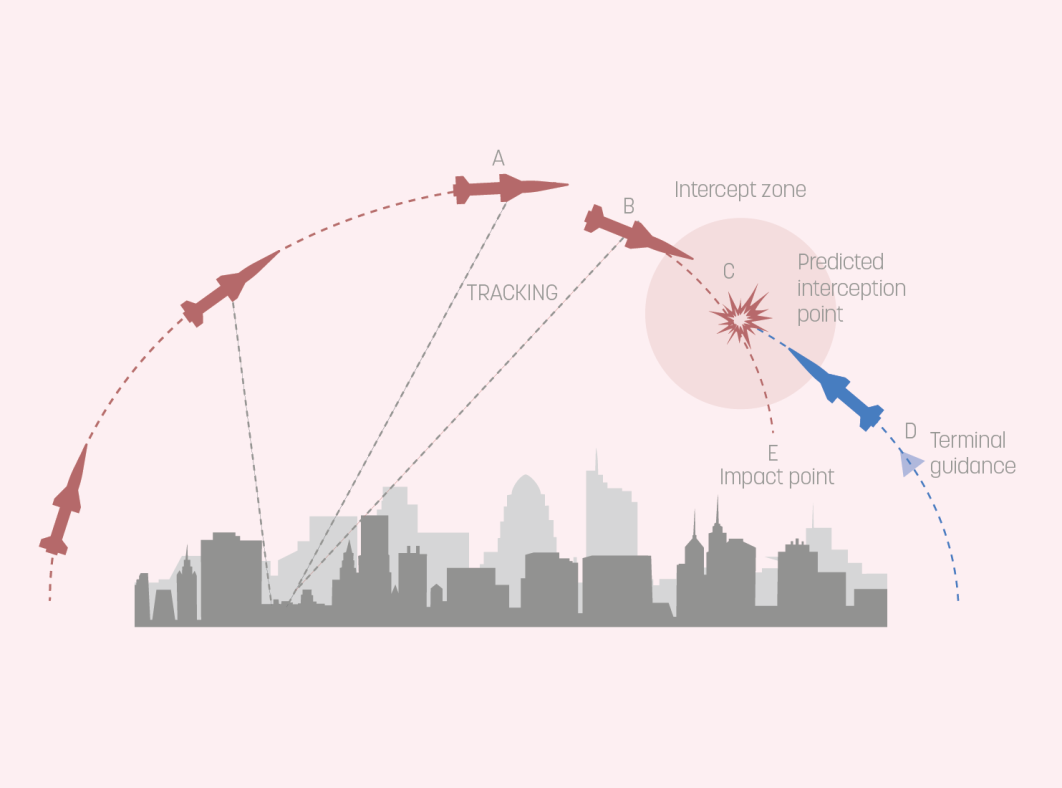Drones are Brussels’ new defence priority
"We can use our industrial strength to support Ukraine to counter this drone warfare," von der Leyen told MEPs in Strasbourg

Defence was expected to feature heavily in von der Leyen’s State of the Union address, but it was drones that took centre stage.
Just minutes into her speech before MEPs in Strasbourg, European Commission President Ursula von der Leyen unveiled plans for a new “Eastern Flank Watch” initiative to provide countries bordering Russia with “real-time space surveillance”. A so-called “drone wall” would stretch from the Baltic Sea down to the Black Sea.
The announcement came just hours after Poland shot down “hostile objects” in its airspace during a Russian attack on neighbouring Ukraine, prompting Warsaw to invoke NATO Article 4 consultations. Similar drone incidents have recently been reported in Romania and the Baltic states.
Last week, the Baltic states, Poland and Finland urged the Commission to provide more EU funds to strengthen the bloc’s external borders, echoing earlier calls from Poland and Greece for an EU-wide air defence shield. Although von der Leyen had previously backed that idea, it quietly disappeared from her agenda last winter. Meanwhile, Warsaw pushed ahead with its “Eastern Shield” project, the Baltics started the “Baltic Defence Line”, and Finland reinforced its own border protection, particularly with regard to migration.
Von der Leyen’s new proposal echoes the shield idea, but with a narrower sole focus on drones that are “developed together, deployed together, and sustained together.”
This suggests that the initiative would support the production and deployment of EU-made drones from Finland to Romania. However, Europe’s current drone arsenals pale in comparison to those of Russia and Ukraine.
Von der Leyen also floated the idea of using “cash balances” linked to frozen Russian assets to channel additional funds into Ukraine’s drone industry. “Today, it is Ukraine’s use of drones that is accounting for over two-thirds of Russian equipment losses,” she told MEPs, though she offered few details.
Drones have become central to Ukraine’s response to Russia’s invasion, yet Kyiv is facing a €5.1 billion shortfall in weapons production. Last week, the new ambassador to NATO, Alyona Getmanchuk, told Euractiv that drones remain one of the country’s most “urgent” needs.
The Commission has also emphasised the importance of drones in modern warfare, with its March White Paper urging EU countries to increase European drone production.
On Wednesday, von der Leyen went further by proposing a “drone alliance with Ukraine”, which could make use of €6 billion of the €18.1 billion pledged to the G7-led Extraordinary Revenue Acceleration scheme in support of Ukraine. The Commission later clarified to Euractiv that the alliance and the fund were not necessarily linked. Last year, the G7 agreed to provide around €45 billion to support Ukraine’s defence capabilities, economy, and reconstruction, which could help to bridge Ukraine’s multi-billion budget gap for weapon production.
“Russia is catching up fast, supported by Iranian designed Shahed drones,” von der Leyen told MEPs. Russia now has capacity to produce almost 3,000 Shahed-type drones per month, Ukrainian military intelligence spokesperson Andrii Yusov said last week.
The details of how the EU-Ukraine collaboration will work remain unclear.
The alliance would see Europe’s defence industry collaborate with Ukrainian arms makers, von der Leyen suggested, similar to the Commission’s €150 billion scheme which allows joint procurement with Ukraine.
(cp, de)
UPDATE: The story clarifies the connection between the proposed “drone alliance” and the EU’s contribution to the Extraordinary Revenue Acceleration scheme.


